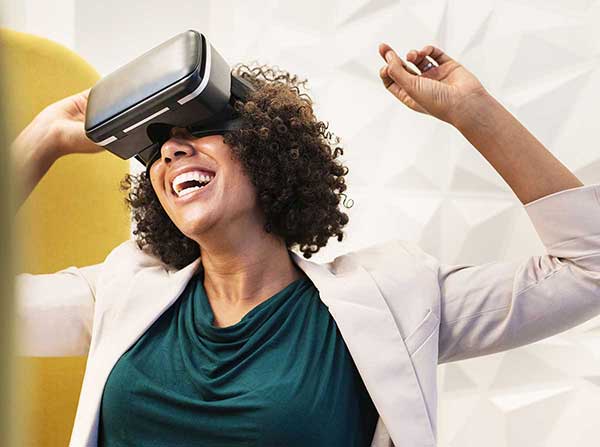
15 Aug AR and VR in Luxury Real Estate
New Doors Opening in Luxury Real Estate
Augmented Reality and Virtual Reality are redefining the industry
In the world of luxury real estate – where developers typically don’t have a physical product to showcase to prospective buyers – VR (Virtual Reality) and AR (Augmented Reality) have become a vital tool in marketing and preselling future properties and developments.
Consumers have seen VR and AR technology used mostly for gaming and other entertainment, but they are building upon their popularity into the world of real estate and other industries. More smart businesses are realizing that AR and VR aren’t just for video games.
Today, it is uncommon NOT to have a virtual reality tour as part of the luxury real estate marketing experience.
Developers are incorporating truly immersive, realistic computer-generated living environments into their marketing efforts, allowing prospective buyers to picture their lifestyle and engage in the features of the actual property. With AR and VR, potential buyers have the freedom to virtually walk through the properties on their own schedule and as many times as they like.
Whether in the same town as a future luxury property, or across the globe, a potential buyer can use these technologies to take a virtual tour of floorplans, immerse themselves in amenities and determine if a home is a wise purchase.
Detailed artistic renderings – once an attention-grabbing marketing tool in their own right – are now complemented by a VR or AR tour, all helping to close the gap between shopping for a property, and actually experiencing the property itself.
The technology is also becoming a way for buyers to imagine how they might live in their homes, and sellers to enhance the marketability of their listings.
Modeling and virtual staging technologies like Rooomy and Virtual Stager allow users to set up virtual furnishings in order to visualize their future living environment, or help to market a property being sold. Developers can utilize these technologies to showcase kitchen and bathroom finishes, colors and designer options.
With 51 percent of consumers saying they put off home improvements because they couldn’t envision the finished project, both AR and VR technology could also potentially give homebuyers an opportunity to get a glimpse of a finished design.
With predicted revenue in the real estate market from AR projected at $2.6 billion by 2025, these technologies may be among the most important tools in your luxury real estate marketing success. Contact the experts at United Landmark Associates to discover where we can go virtually together.


